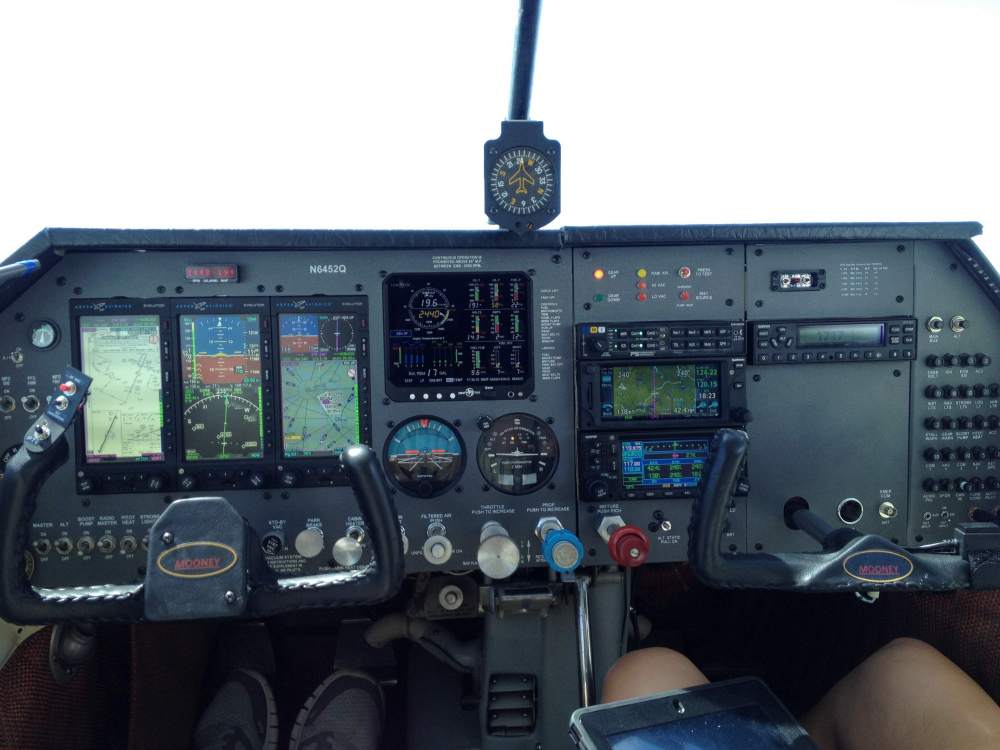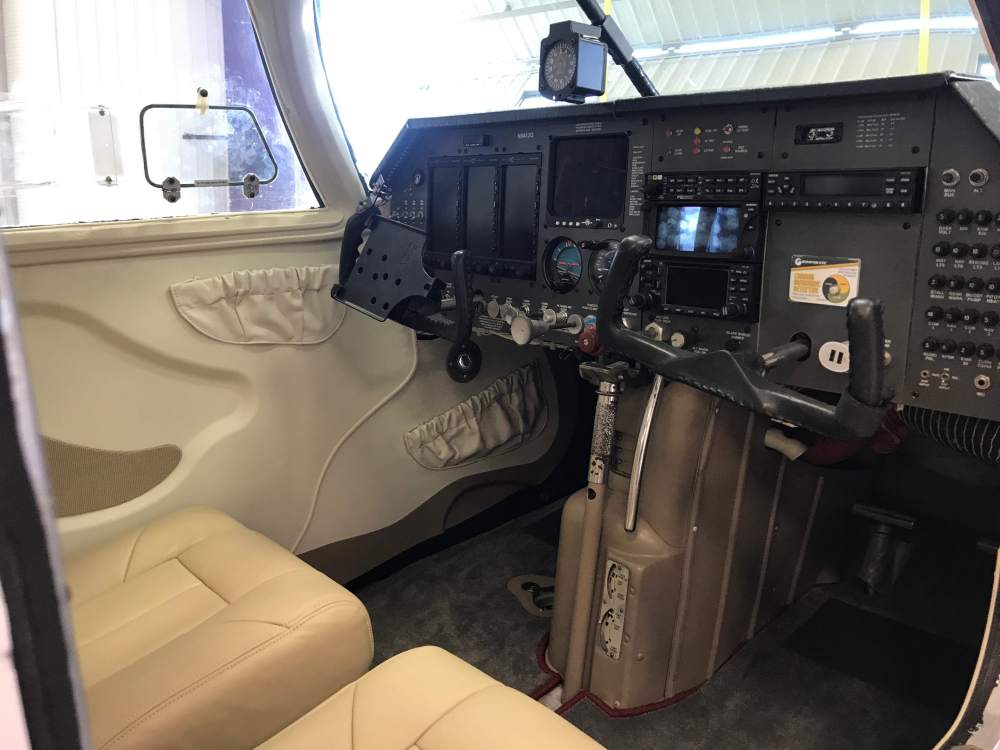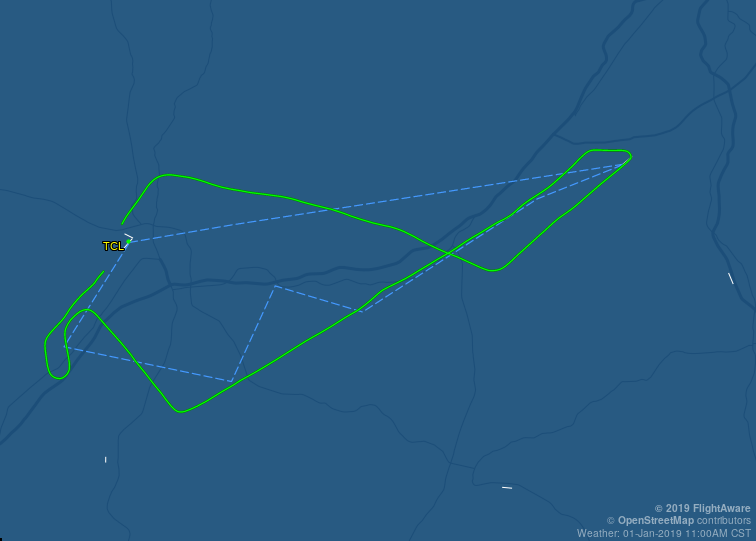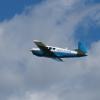Leaderboard
Popular Content
Showing content with the highest reputation on 01/02/2019 in all areas
-
How did I get to be the first one to post flying pics on here:) Started the new year off with a good flight, wish I would of had a place to go! Sent from my iPhone using Tapatalk6 points
-
4 points
-
Way to get it started, Mark! Happy New Year! May your number of landings equal your number of take offs all year long... And of course, let the rubber always touch the runway, before the prop tips do... And other positive forward looking statements... Best regards, -a-4 points
-
Well, N1017L, my 1982 Mooney Rocket I’ve owned since 2001, flew for nearly 2,000 hours, was officially sold as of 6:00 PM yesterday. Both my wife and I have pretty ambivalent feelings, having flown our Rocket into probably 75% of the states in this country, and kids memories of a lot of those trips too. My first cross country airplane in 1996 was an F model, N929PG. We flew her for 5 years, accumulating 1300 hours with my now 26 year old being 4 years old when I bought it. He used to sleep on a bed made on top the luggage in the baggage compartment during many Michigan to Colorado trips in the early years. The buyer, a very quality guy out of Austin, TX, began the initial inquiry and commitment to purchase during the air show in Oshkosh of this year. He said once we talked extensively about the plane, he was buying from the owner more than just the plane. I was not bashful disclosing things that I would address if I continued ownership of the plane, and a good review of my logbooks made it pretty clear I did not hold back on any maintenance throughout my ownership of the plane. He came up and inspected during my annual, which began in August and was not finished until November (engine overhaul on another thread). He had say in every aspect of the overhaul and never got a final number from me until two weeks ago (I was waiting on all the OH bills to come in). We were $5k apart on his expected number and my final number, and he hadn’t accounted for the $5k prop OH. A tip to other purchasers, he’s getting a lot of items that don’t normally come with the sale. His only request to meet my number was getting a Flight Stream installed, which I provided for the sale. By not beating me up he got a lot of stuff from me I would not have been compelled to provide otherwise. I’ve really enjoyed my participation on this forum over the years. I joined Beach Talk about a year ago, participated for maybe 4-6 months and although most were pretty decent people , I found some so caustic I’ve not been back in 4-6 months. On the other hand, this forum is the BEST ONE I’ve ever been privileged to belong to. I will stay for a while, believing 22 years of Mooney ownership and owner supervised maintenance might be of value to a few of you here. Many of you have followed my Lancair project through the later build years and the two years I’ve flown it. It’s done, reliable, and a great cross country machine. I hope as old age creeps up on me, and I no longer feel competent in the prop jet, to return to the Mooney fold for my last years flying. You guys will never lose this pilot as a huge advocate of the Mooney airplane! Thanks a ton fellow Mooniacs!! Tom3 points
-
thank goodness I programmed my transponder to broadcast Marauder's tail #.3 points
-
It takes energy (which creates drag) to windmill the prop on a dead engine, and it takes energy (drag), but slightly less energy, to windmill the prop on an idling engine. That's really all I've been saying and I think we agree on that point. The point about zero thrust was simply to help everyone understand that a prop attached to an idling engine on a gliding airplane produces drag and not thrust. The more interesting question is whether a stopped prop has more drag than a windmilling prop on an idling engine. This has been long studied and here is a link to a NACA report from 1933: https://ntrs.nasa.gov/archive/nasa/casi.ntrs.nasa.gov/19930091538.pdf The results were, drag in pounds, at 100 mph airspeed: Stopped: 94.4 Windmilling, dead engine: 101.0 Windmilling, idling engine: 100 Skip3 points
-
Just flight planned my trip from Spruce Creek (south of Daytona Beach) to Iron Mountain ( in the U.P.) for tomorrow morning and it looks like winds will allow my first non-stop trip home, 1200+ NM’s, in about 3:40 hours. I guess we’ll see if winds tomorrow match what was forecast this evening. I will try to post some pictures. Maybe a departure picture of weather in the 70’s and landing less than 4 hours later in the teens with snow and snow banks will put the trip in perspective. Tom3 points
-
3 points
-
3 points
-
3 points
-
Don't forget, I'm buying a skybeacon because I don't have modern GTN750 and integrated GTX33ES kinda money. My KT76A only has one indicator and it's an interrogation light and it's not going to flash until I'm airborne where RADAR can see me. I get more/better feedback on the wifi with the app off my skybeacon than I do on my installed transponder.2 points
-
Put a HarborFreight winch on the back wall of your hangar/shed and drag the plane backward into the hangar. It seems the ice might only be causing issues for pushing the plane into he hangar?2 points
-
The FAA provides pretty specific guidance on what is approved for use on runways and taxiways. It is covered in AC -150/5200-30D (https://www.faa.gov/documentLibrary/media/Advisory_Circular/150-5200-30D.pdf ). See 4.6 for details. For solid deicers they only allow "airside urea, sodium formate, and sodium acetate." In general it is halide salts that are corrosive so they want you to use organic salts instead.2 points
-
It has to go on the left wing tip. Flipping on the same side puts the position light facing rear instead of forward and swapping tips puts the wrong color on the wrong side. It has to be installed as designed. Even if a flip was done, the indicator is not at the tip and would still be concealed by the wing from the pilot's seat. I don't see confirming its operation to be that immensly critical. I liken it to the normal transponder. You have no way of knowing if it's actually working either. You can see power, you can see a light, but you cannot confirm if it's actually broadcasting/replying to an interrogation. However, if it's not working, ATC will let you know pretty quickly. My $.02 anyway.2 points
-
2 points
-
you have to have a programmable mode S transponder, the mode C transponders do not provide any identifying info Brian2 points
-
2 points
-
2 points
-
You can increase your glide some if your engine quits by aggressively getting to best glide speed. Pull up sharply to get there, you will gain 500 feet or so that would be lost if you just maintained altitude until the plane decelerates to best glide speed. This will minimize the time spent at a speed in excess of best glide.2 points
-
Here is another Jerry screw up. The new video he posted talks about setting minimums. And then he goes into his “almighty checklist” speech to give the indication that he does a full run up and completes a pre-takeoff checklist. Ironically, his newly installed clock above the TXi is showing the time when he says he is going to do the checklist and then when he says he is done. Only one minute elapsed on the clock. I can’t even do a single engine run up and complete a checklist in one minute. Roughly 9:40 into his video. https://youtu.be/XtXFCKMRrZg Sent from my iPad using Tapatalk Pro2 points
-
Sadly, I did make a mistake when I initially posted that best glide occurs at Vx... and I’ve since corrected my post to say “L/D max.” in Jets, where your thrust available is relatively constant, Vx does coincide with L/D max... and that coincides with best glide. In our prop aircraft- thrust available is higher at lower speeds- and Vx occurs closer to stall.2 points
-
2 points
-
2 points
-
I was wondering who the first MSer to post an inflight pic was going to be... A high probability went to Jerry for closing out last year’s thread. Way to go, Early Birds! Best regards, -a-2 points
-
2 points
-
2 points
-
Like above. Did you run into a mountain wave? It can cause airspeed changes like you said. If it was your engine you would hear and feel it.2 points
-
2 points
-
2 points
-
2 points
-
2 points
-
I have a friend that uses slip on ice spikes for his boots to get good traction on ice.1 point
-
That’s pretty much the case. The winch would help but the taxiway is pretty narrow and takes a three point turn getting it out of the hangar on a dry day and back in. There is still some jockeying pushing it around that is needed. Sent from my iPhone using Tapatalk1 point
-
1) Sugars come with other sticky buggy problems... 2) freezing point depression depends on the number particles dissolved in the solution... with NaCl, you get 2X the particles you get with sugar. The molecular weight is part of the equation as well.... where the number of particles per ounce matters... 3) anything you spread around the plane has a high chance of getting in and on the plane... salts are bad for promoting corrosion... 4) Visiting Montreal recently... they combat a lot of snow... instead of melting it, often the focus is on improving traction. A fair amount of sand gets spread on icy surfaces... improves grip, doesn’t promote corrosion... 5) Spraying TKS on Things is OK, just not on walking surfaces... very slippery. 6) Using water to melt things very often depends on the temperature of the surrounding surfaces. A high chance of getting it wrong and making the problem worse... Sand works pretty well... if you get it wrong, it can be swept away.... Best regards, -a-1 point
-
Ah right - thanks for the correction. Book says my airplane has Vx at gross at 84 but max glide at gross at 90. Close but not the same.1 point
-
I heard it during a local Wings/FAAST meeting, either from a controller or one of the Scottsdale FSDO people, I don't recall which. The context was about Phoenix bravo airspace in particular.1 point
-
I did look skim the 1933 data, but I've not had time for in depth analysis. Lots of variables there. It appeared the point of the study was to find ways the prop and engine could be used to reduce the terminal velocity of an attack aircraft in a dive. As to Trent's experiment. His descent decreased by %13 when the throttle was left at idle as opposed to stopping the prop. That's nearly 700 ft of forward motion for every 1000ft of descent at the 60mph used. While not a huge delta, it does not strike me as a trivial amount. That's more than a mile if multiplied over 8000ft of descent in no wind.1 point
-
If you look at the 1933 data, you'll notice that the drag difference between prop stopped and engine at idle is pretty small. The researchers also noted that what's behind the prop has an influence. So it is possible that some airplanes may have more drag with the prop stopped and for some the opposite may be true depending on the shape of the fuselage and the specifics of the prop, but the difference will be relatively small. So, to summarize: 1) It doesn't make much difference in glide ratio whether the prop is stopped, the dead engine is turning, or the engine is turning at idle. 2) In all cases, the prop is creating drag, not thrust. Skip1 point
-
Scanning 360 degrees of horizon for distant incommunicado traffic on a quiet day? That would require putting down the book/magazine/phone and looking out the windows...1 point
-
1 point
-
1 point
-
Thanks everyone for their helpful thoughts and suggestions. This is now pretty much resolved. It was a mixture issue. Two things contributed. First, the fuel pressure regulator was found to be hooked up backwards - the fuel inlet and outlet hoses were swapped. This regulator is described by some as a "limiter", meant to limit fuel pressure to some maximum value at high RPM, where the engine-driven pump might otherwise try to push too much fuel. Hooking the fuel lines up backwards would likely prevent the internal piston/diaphragm from receiving enough fuel line pressure to push it open and limit the pressure as intended. That probably explains the excessively high fuel flows and low EGTs at maximum MAP/maximum RPM, and the hiccups on takeoff, but I'm not sure it explains the stumbles around 2200 RPM and below 20". Second, the controller was found to have been commanding excessively rich mixtures at all power settings. This would explain stumbling across the entire operating range, as well as the very large RPM and EGT changes when moving the mixture control from full rich to stoichiometric. Previously the idle mixture rise was about 100 RPM, which turns out to be well outside of specification. SID97-3G says it should be 25-50 RPM. Continental SID97-3G reads "Engine performance, service life and reliability will be compromised if the engine's fuel injection system is neglected". I can't find any indication in the logs that the fuel injection system has received a tune-up since last the major was done by the previous owner. After getting the pressure regulator hooked up correctly and leaning out the controller high- and low-end settings, the idle mixture rise is now only 25 RPM. The max power fuel flow, with the mixture set to full rich, has come down from 40 GPH to 35 GPH. I do sometimes get a short stumble on takeoff at maximum power with the mixture set to full rich, but by backing out the mixture four full turns, I can bring the fuel flow down to 33 GPH, per the Rocket performance table, and I get no stumbles. I get no stumbles anymore at any cruise setting; indeed, I get no stumbles above 18" MAP. I will start to get minor stumbles below 18", nothing severe, but if I back the mixture out another turn or two, I can clean those up. Reducing MAP down to 10-12" on short final will cause more stumbling, again nothing serious, though at that point I have made the runway and I'm not going to mess with the mixture any further. If I close the throttle fully in the flare and keep it closed, the engine may sputter and die before I am off the runway, so that problem has come back or wasn't fully resolved with the idle speed change. This remaining stumbling suggests that the low-end mixture control is still set too rich, so I'll be tweaking that with the continued help of my A&P, and we'll see if we can adjust the upper-end mixture down a bit more, too. My current operating procedure is to back the mixture out four full turns before takeoff (which still keeps TIT below the 1450F 100% power limit), then in cruise and descent lean the mixture for 1550F TIT (below the 1600F limit), and leave it there through landing, keeping RPM above 800 once I'm on the ground. A go-around would require pushing the mixture forward to keep EGT down, which is increased workload, so I'm not 100% satisfied yet. I also need to go do some simulated go-arounds to confirm that I get good transient response when it's needed (I'll be doing those at altitude or at a very long runway, thank you.) A few technical details are worth pointing out. Ground run-ups are limited in terms of what they can tell you about how your mixtures are set. The reason I couldn't reproduce this problem on the ground, especially the nerve-wracking stumbling down around 15", is because you can't achieve a 15"/2200 RPM operating point with zero airspeed. But 15"/2200 RPM is super-important to get right - that's around where you're going to be on downwind. This and some other important operating points are not achievable on the ground, except maybe transiently if you run up the RPM and then close the throttle abruptly (which will give me a stumble, BTW). Even the full power operating point that you experience on takeoff is not the same as what you get doing a static max power test. Following SID97-3 may be your best bet, but that procedure doesn't test the full MAPxRPM operating range you will experience in flight. BTW, a little math shows that the 33 GPH max power fuel flow setting from the Rocket power table is right around 12.5:1 air:fuel mass ratio, though in reality it's probably richer than that due to volumetric efficiency. Cycle-to-cycle variations and fuel dispersion will temporarily create ratios even richer. 10:1 is the approximate upper flammability limit for gasoline in air; you'll have problems igniting the mixture as you go richer than that. So if your fuel flows are much above book, you're risking misfires. It's hard to get the fuel flow math right each cycle when you are stuck using mechanical/hydraulic/pneumatic computers (i.e. fuel pumps, controllers and pressure regulators). That's why automobiles switched to electronic fuel injection a while ago. They also have sensors that can measure air:fuel ratio and adjust it to account for changes in the engine over time.1 point
-
This is due to the fact that your “best glide” is actually an angle of attack for the airfoil- not really a speed. The best glide angle of attack is estimated in your POH by using a speed and weight combo which should yield near to the best glide AoA in stabilized flight. For those of us with an AoA instrument- you should be able to use your gauge for best glide (also referred to as max range)- which to me is not only more accurate, but simpler to fly. best glide can also be referred to as L/D max.1 point
-
I was waiting for you to post this up. One of my resolutions is to take a couple of pictures every time I fly and post them here. I missed posting about quite a few flights last year, time got away from me.1 point
-
1 point
-
1 point




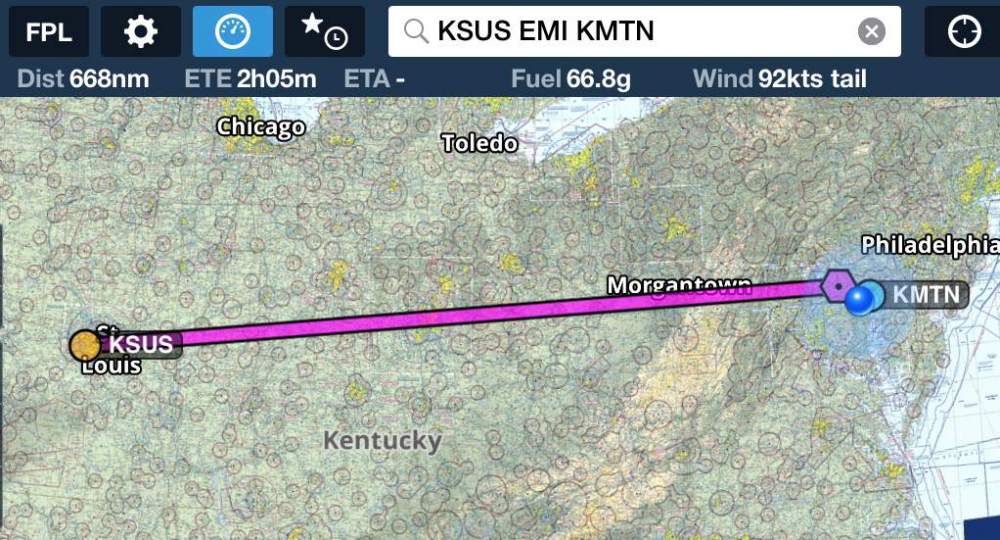
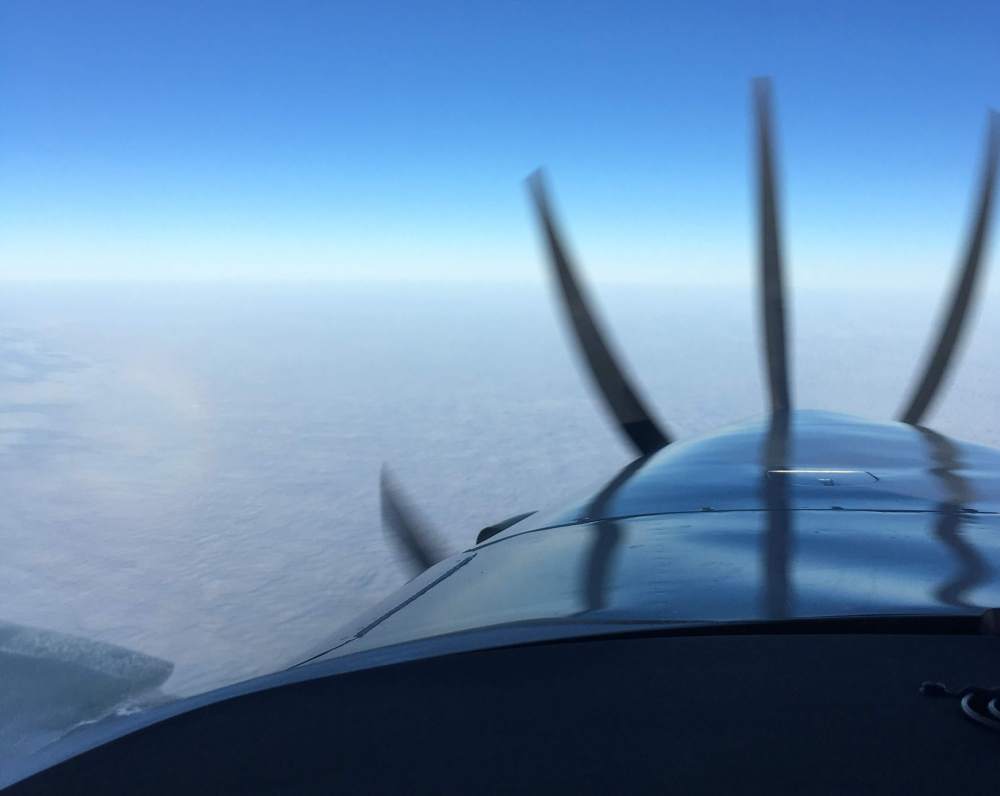



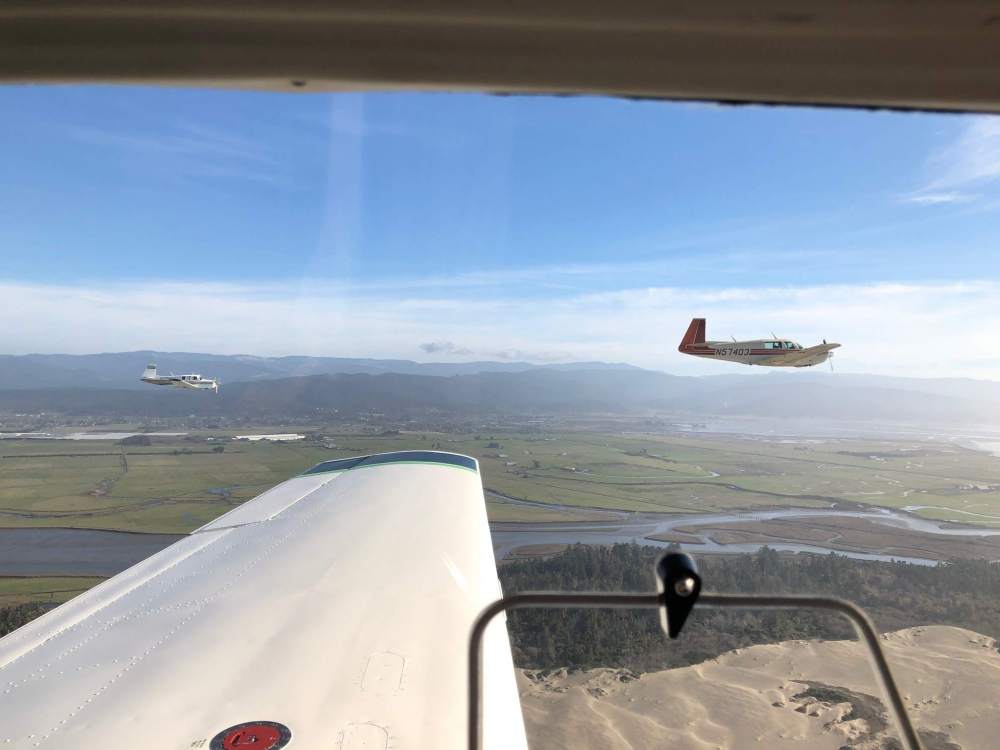


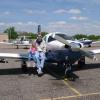
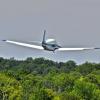



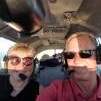
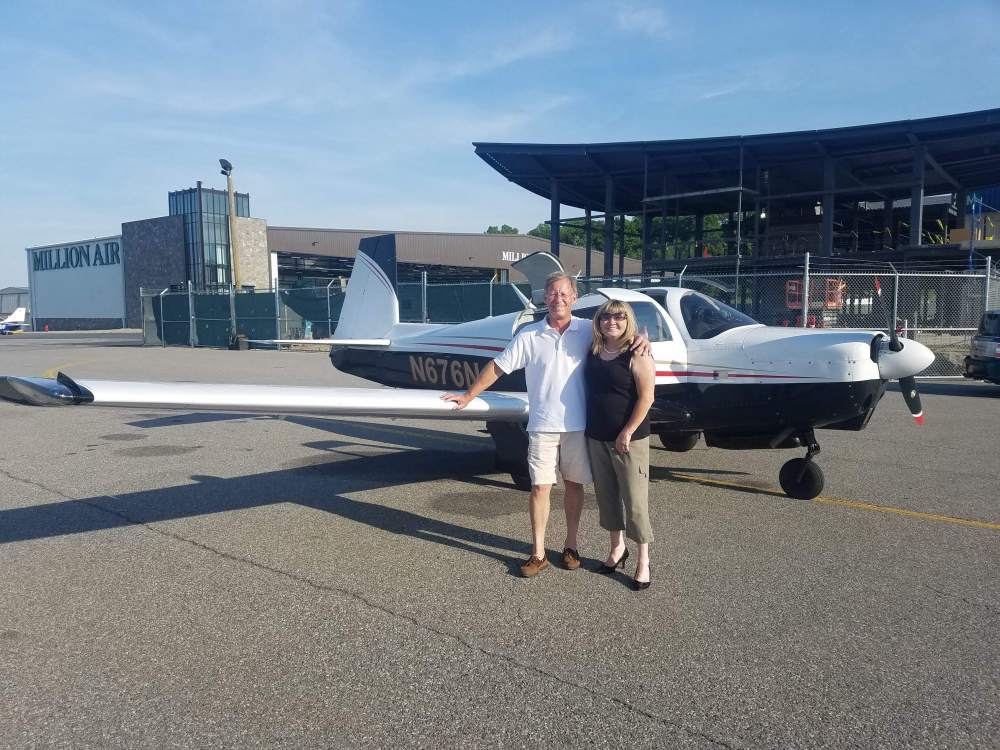

.thumb.jpg.ed6aafa91f819cec0d83fd72d0471094.jpg)
